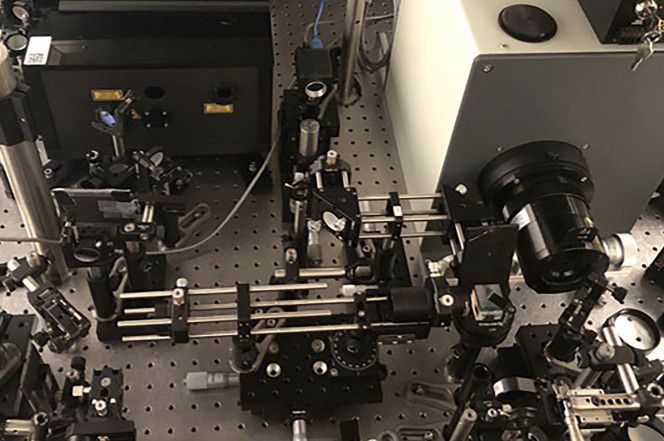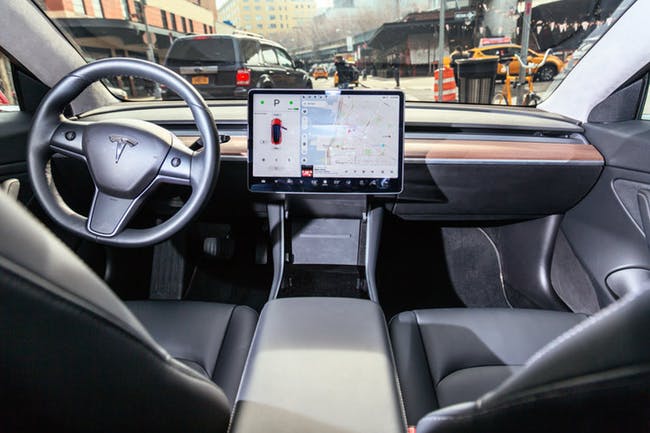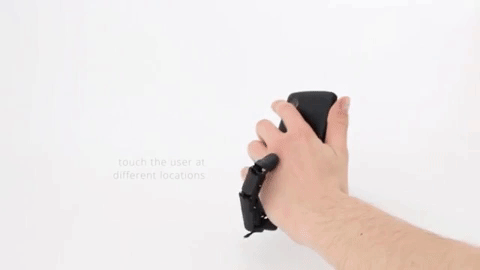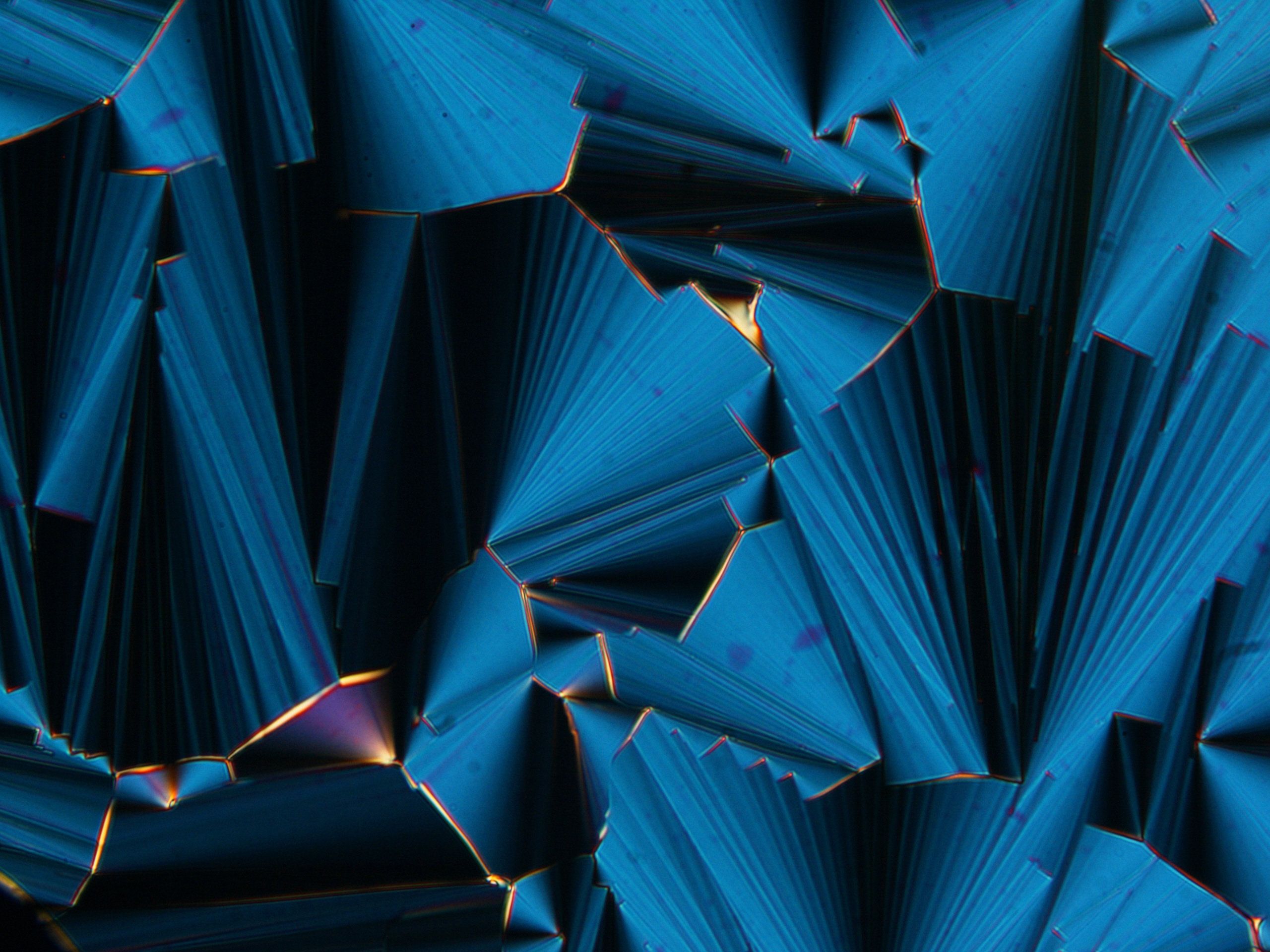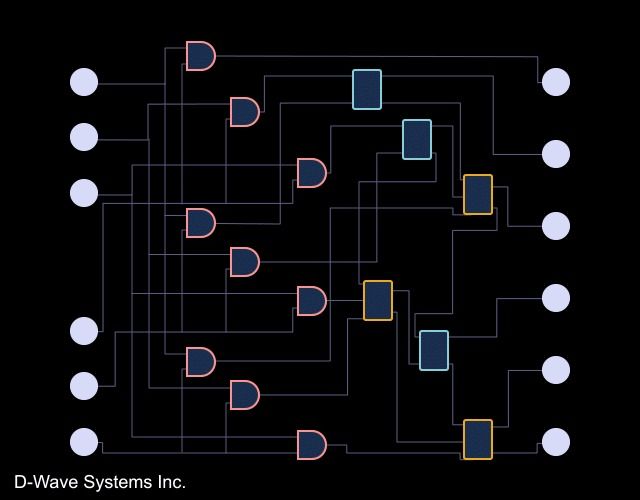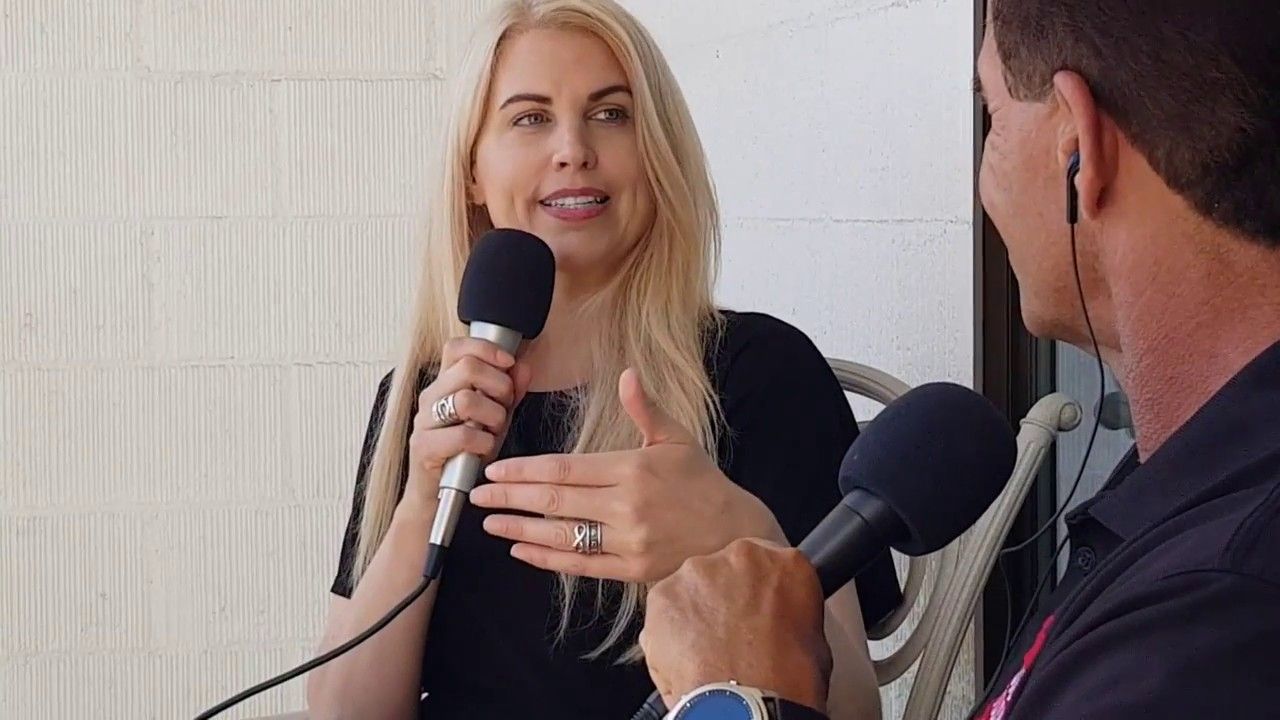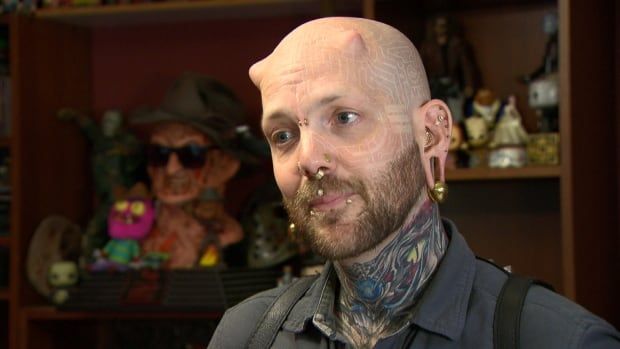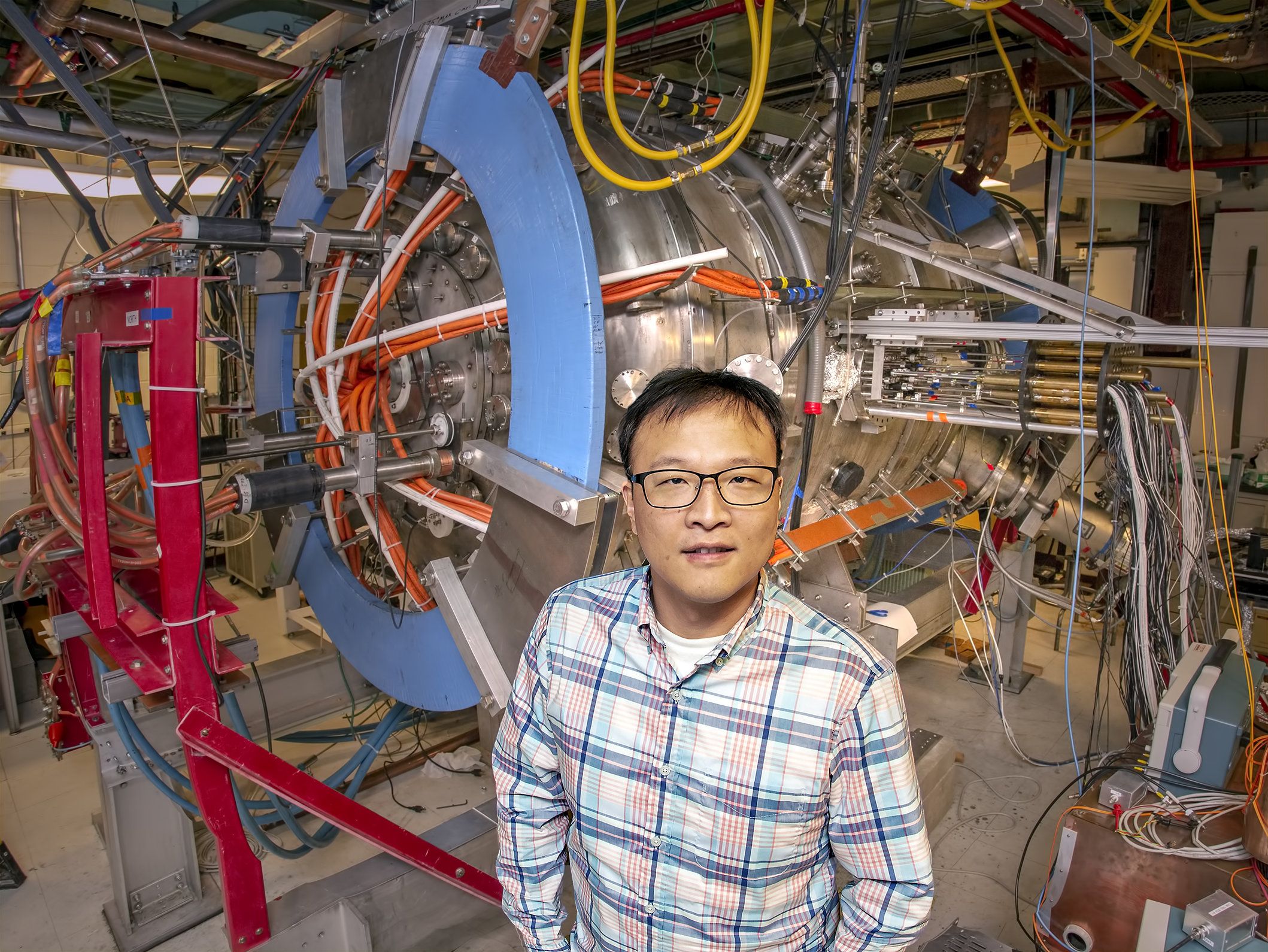Oct 15, 2018
World’s fastest camera can shoot light in slow motion
Posted by Genevieve Klien in categories: habitats, mobile phones
The “slow motion” modes on modern smartphones crank up the speed of video recording so that when it’s played back at regular speed, the motion you see on the screen is slowed down. It’s a neat feature to mess around with, but slow motion capture has some very serious scientific applications as well. Capturing the microscopic world at high speeds can help researchers shed light on all kinds of interesting behaviors and phenomena that shape our reality.
Now, imaging specialists have built what is being called the fastest camera on the planet, allowing for the capture of movement at up to 10 trillion frames per second. Forget slowing down a video of a home run at your kid’s softball game, this incredible contraption can slow down light itself.
A new paper published in Light: Science & Applications explains how the camera works, and boy is it complicated. To put it in its most basic terms, the camera uses laser pulses so ultra-fast that they are measured in quadrillionths of a second and combines those frames with images captured from a second camera moving at the same speed, allowing for high-quality images generated 10 trillion times every second.
Continue reading “World’s fastest camera can shoot light in slow motion” »
